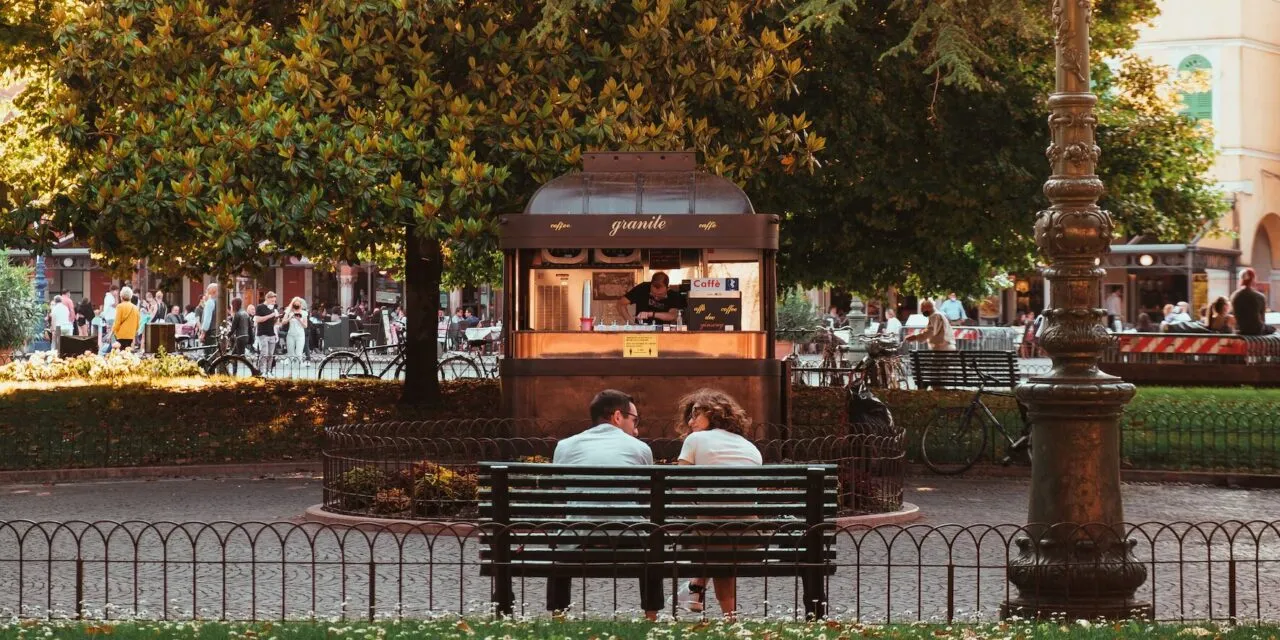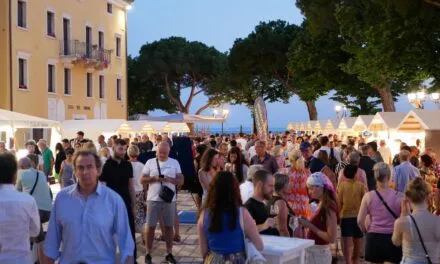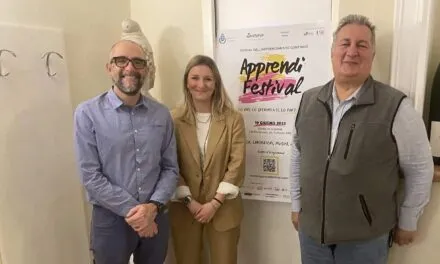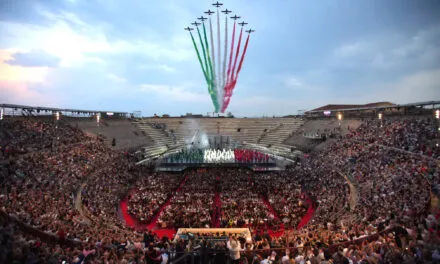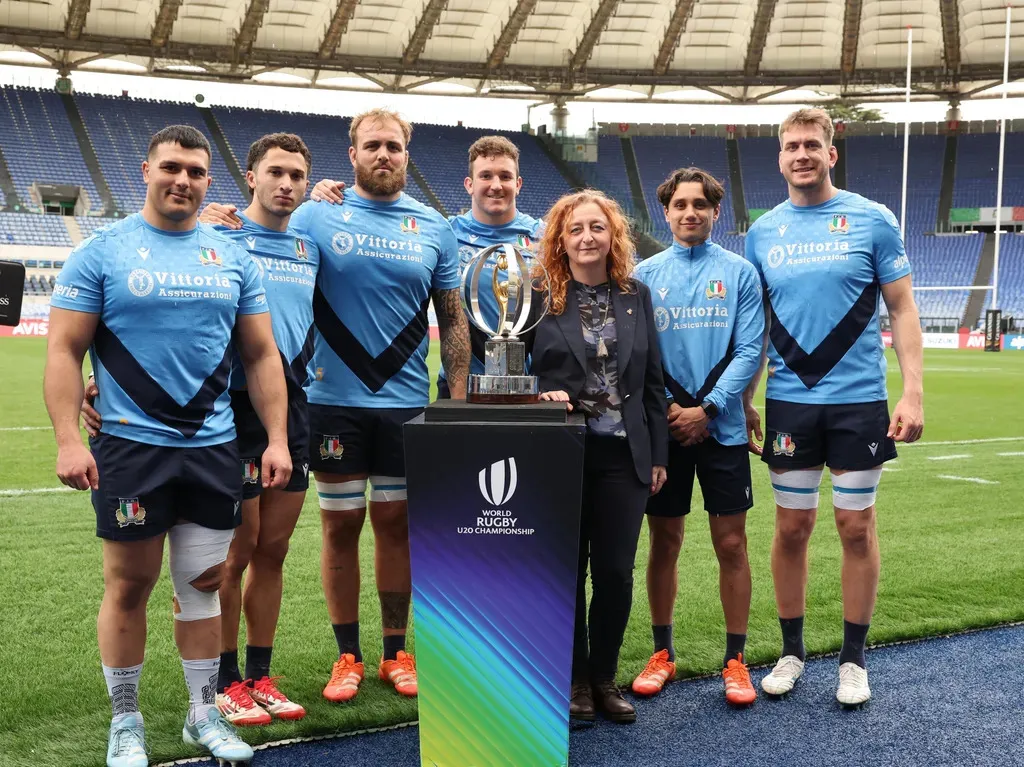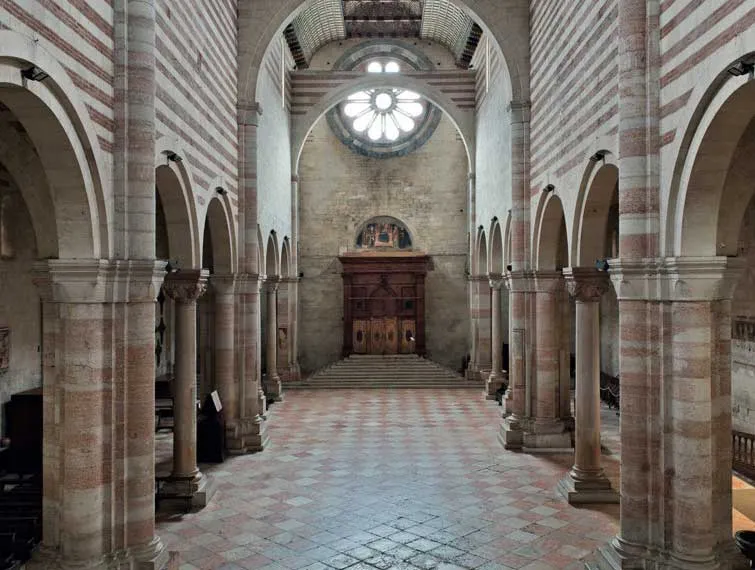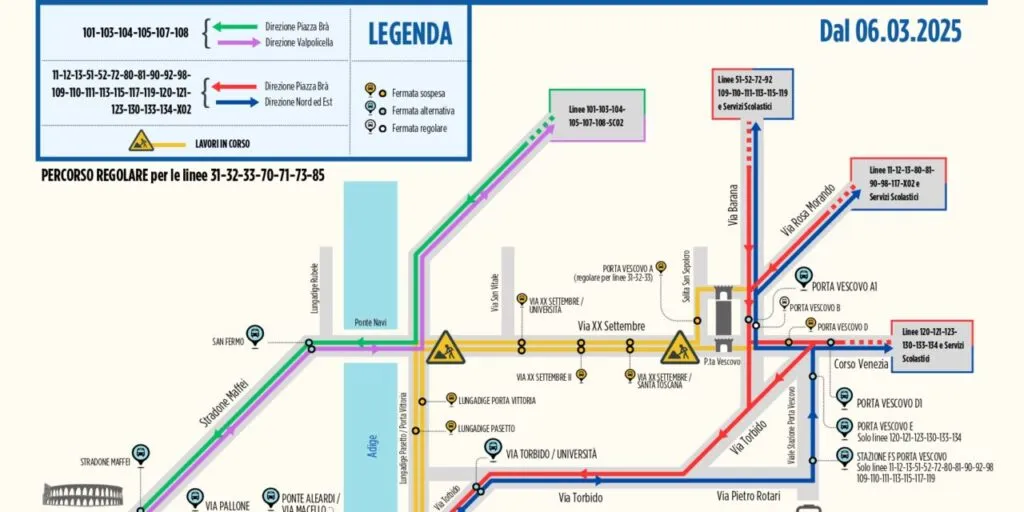Verona is the first Italian province with fewer Neets, or young people who do not study or work. The Sole 24 Ore’s report places Verona in 12th position overall, out of 107 provinces analyzed, for the quality of life in three age groups: children, young people, and the elderly.
For the third edition, The Sole 24 Ore newspaper published a report on the quality of life in the main Italian provinces. The survey examines 107 cities in three categories: children (0-10 years), young adults (18-35 years), and the elderly (above 65 years) to determine the best Italian cities in terms of quality of life. Verona passes this year’s report card with flying colours, ranking 12th in the categories of young and elderly, and 13th for children.
In particular, regarding children, Verona is the first city in the Veneto region for the quality of life, distinguishing itself for school gardens, for which it ranks first nationally. Furthermore, it also ranks in the top thirty for gyms in school buildings and sports practiced; for the latter, which measures practitioners, schools, and results, it ranks 26th.
The Veronese position goes up one point in relation to young people, where it ranks 12th at an Italian level. First place overall for fewer Neets, with 9.5% compared to 20% national, numbers that stand out even more when compared to its opposite Caltanissetta, which registers 46% of young people who do not study or work. Consequently, Verona also appears in the top ten cities with lower youth unemployment, 5.7% against 14.6% national.
Sport shows encouraging signs for children but also for young people; in fact, the city has more than twice the total of sports areas compared to the Italian average. The only youth indicator that falls to levels below the average remains rent, with an 82nd Italian position and a percentage on an average income of about 32%.
In the senior category, the results are more than adequate, ranking fourth in Italy for life expectancy over 65 years. In terms of infrastructure and health workers, the number of geriatric beds available in RSA is significantly higher than the national average. Another positive statistic is the number of square meters of urban gardens for every 100 inhabitants aged 65 and up in the capital. However, there are two factors that need to be improved: elderly and disabled transportation services and noise pollution exposure.
In general, the three podiums for children, young adults, and the elderly are assigned to the cities of Siena, Ravenna, and Trento, with their counterparts in the provinces of Crotone, Taranto, and Lucca.
The Sole 24 Ore report also analyzed the generational trends of resident populations at the national overall level. For children, the percentage of inadequate numerical skills decreases, but the percentage of literacy skills slightly increases. While for young people positive numbers in terms of unemployment and young Neet, despite the increase in rent weighs a little throughout Italy. On the other hand, the numbers concerning the health of the elderly, who in the last year have recorded an increase in medication for both chronic diseases and treating depression, are astonishing, as is the increase in crimes against minors.


